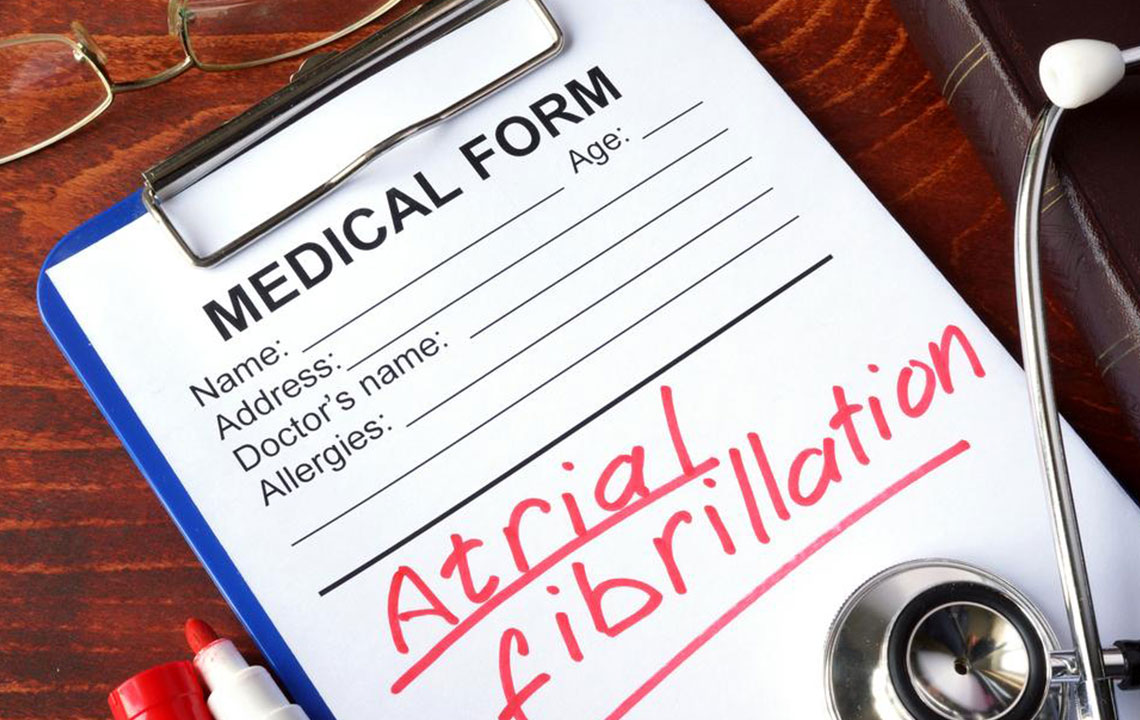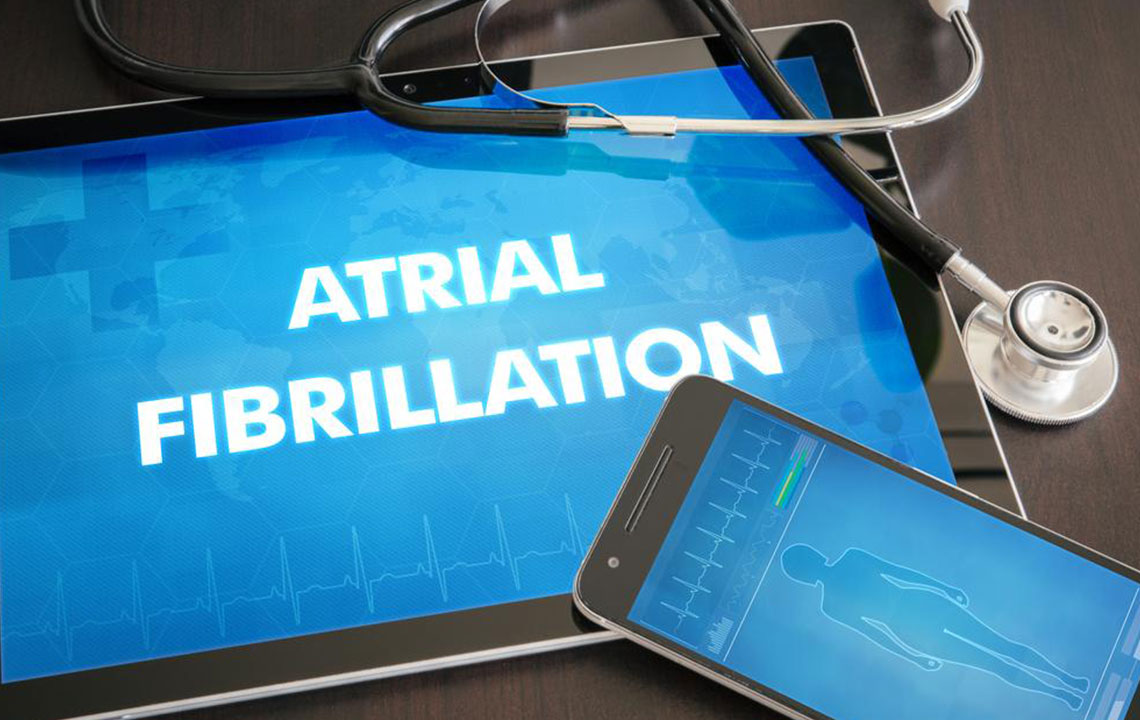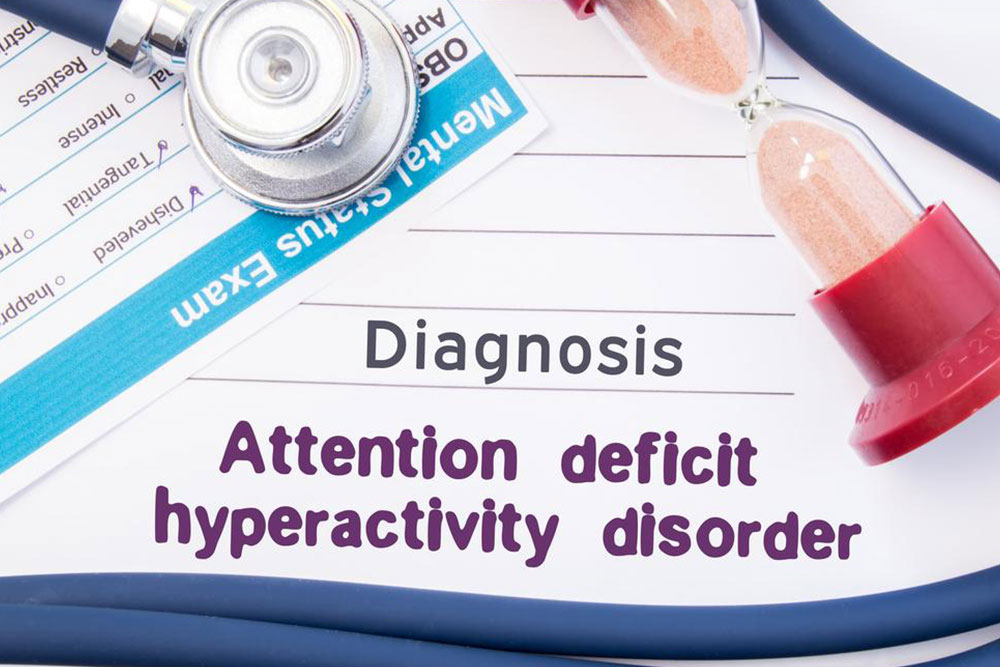Comprehensive Guide to Managing Atrial Fibrillation
This article offers a detailed overview of atrial fibrillation (AFib), including its causes, treatment options like cardioversion and medication management, and strategies to maintain normal heart rhythm. It emphasizes personalized treatment approaches and covers the risks and side effects of various therapies. The guide helps patients understand how to manage AFib effectively and reduce stroke risks associated with the condition.

Management Strategies for Atrial Fibrillation
Atrial Fibrillation, often referred to as AFib, is a cardiac disorder characterized by irregular and rapid heartbeat, which can cause fluttering or quivering sensations. Approximately 27% of the U.S. population experiences AFib, and it accounts for nearly 20% of strokes. The condition primarily results from blood thickening and clot formation, often linked to high cholesterol or blood sugar levels causing elevated blood pressure.
Treatment plans for AFib vary depending on how long a person has been affected, the severity of symptoms, and underlying causes. Medical interventions aim to restore normal heart rhythm and prevent blood clots.
A key approach to managing AFib involves restoring the heart's rhythm, often through procedures like cardioversion. This can be performed in two ways: electrical cardioversion and medication-based cardioversion.
Electrical Cardioversion: This quick procedure delivers an electric shock to the chest using paddles, momentarily halting the heart's electrical activity. When the heart resumes, it aims to restart a normal rhythm.
Medication-Based Cardioversion: Anti-arrhythmic drugs are administered intravenously or orally to revert the heart to a normal rhythm. Patients are monitored continuously during this process, and blood-thinning medications are usually given weeks prior to reduce clot risks.
Post-cardioversion, doctors often prescribe anti-arrhythmic drugs to prevent future episodes, though side effects like fatigue, nausea, or dizziness may occur. Despite treatment, recurrent AFib is possible. Additionally, medications are available to help lower stroke risk associated with AFib.
Controlling heart rate can be achieved with medications such as beta blockers or calcium channel blockers. While these can be effective at rest, they might be less so during activity, sometimes requiring combination treatments. Some medications may cause side effects like low blood pressure or worsening heart conditions.









